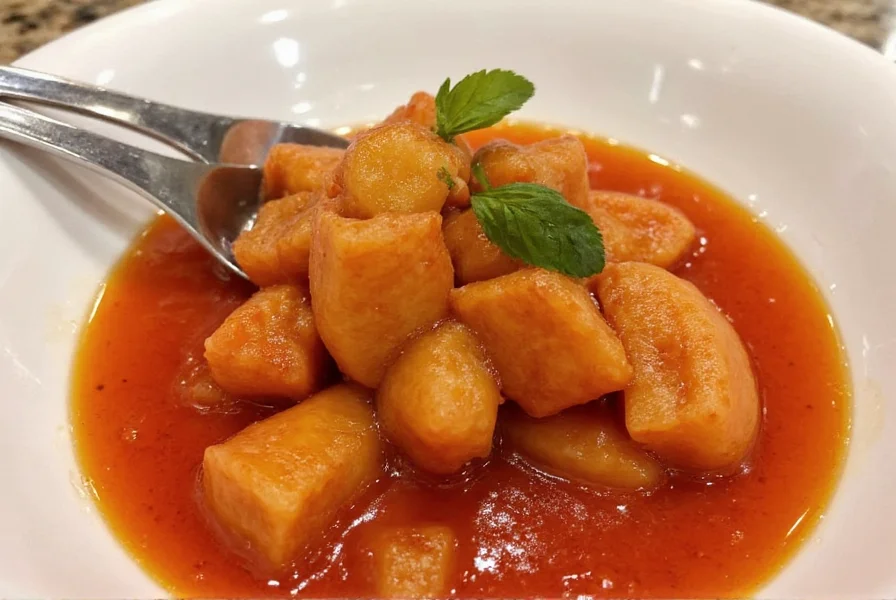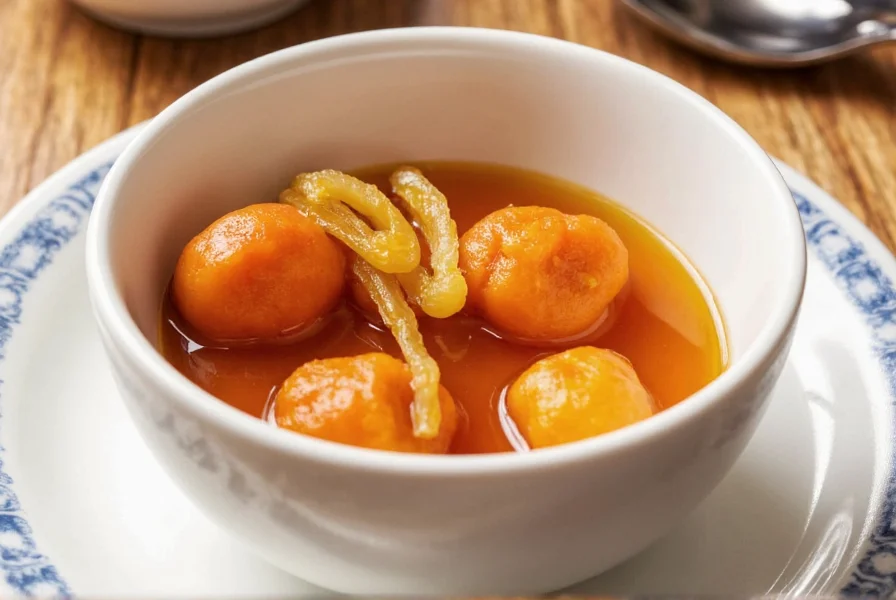Gochuaru: The Sweet and Spicy Secret of Korean Cuisine
When it comes to the world of spices, few ingredients have the same level of versatility and flavor as gochuaru. Known in English as Korean red pepper flakes, gochuaru is more than just a seasoning—it's a cultural staple, a culinary cornerstone, and a flavor bomb that can transform any dish from ordinary to extraordinary. Whether you're a seasoned spice enthusiast or just starting to explore the vibrant world of global flavors, this guide will take you on a flavorful journey through everything you need to know about gochuaru.
Table of Contents
- Introduction to Gochuaru
- Understanding the Flavor Profile
- Culinary Uses and Pairings
- Top 10 Cooking Tips with Gochuaru
- Buying Guide for Gochuaru
- Conclusion
Introduction to Gochuaru
Gochuaru is a type of dried, ground red chili pepper commonly used in Korean cuisine. Its name translates to 'red pepper' in Korean, but what makes it special is its unique balance of heat, sweetness, and smokiness. Unlike many other hot peppers, gochuaru has a milder heat level, making it accessible to a wider range of palates while still delivering a bold, aromatic punch.
It's important to note that gochuaru is not the same as gochujang (Korean fermented chili paste) or doenjang (soybean paste), though all three are essential components of Korean cooking. Gochuaru is typically used in dishes like kimchi, tteokbokki, and various soups and stews to add depth, color, and a subtle kick.
Understanding the Flavor Profile
One of the most intriguing things about gochuaru is how it balances different flavor notes. It's often described as having a sweet, slightly fruity undertone that complements its natural spiciness. This unique combination makes it a favorite among those who enjoy spicy foods without the overwhelming heat of other chilies like cayenne or habanero.
Let’s break down the flavor profile of gochuaru:
- Heat Level: Medium to mild—usually around 500–10,000 Scoville units, depending on the variety.
- Flavor: Sweet, smoky, slightly tangy, and aromatic.
- Aroma: Warm and earthy, with hints of fruitiness.
This makes gochuaru an excellent choice for adding depth to sauces, marinades, and even baked goods. It's also a great option for those looking to gradually build up their tolerance for spicy foods.
Culinary Uses and Pairings
Gochuaru is one of the most versatile spices in the Korean kitchen. It can be used in both traditional and modern recipes, making it a must-have in any spice cabinet. Here are some of the most popular uses:
1. Kimchi
Kimchi is perhaps the most iconic use of gochuaru. The red pepper flakes are mixed with garlic, ginger, and other seasonings to create the signature paste that gives kimchi its fiery flavor and bright red color. Whether you're making classic napa cabbage kimchi or a spicy radish version, gochuaru is essential.
2. Tteokbokki
Tteokbokki is a beloved Korean street food made with chewy rice cakes in a spicy sauce. Gochuaru is the key ingredient that gives the sauce its signature heat and color. It's also often paired with fish cake and vegetables for added texture and flavor.
3. Jjigae (Stews)
Many Korean stews, such as kimchi jjigae or dwaeji gomtang, rely on gochuaru to add a rich, spicy base. It enhances the overall flavor while providing a gentle warmth that's perfect for colder weather.
4. Dipping Sauces
Gochuaru is often used to make spicy dipping sauces for grilled meats, dumplings, and noodles. Its sweetness helps balance out the heat, making it a crowd-pleaser at any dinner table.
5. Baked Goods
Surprisingly, gochuaru can also be used in desserts! Some Korean bakers incorporate it into cookies, breads, and even ice cream for a unique, spicy twist. It adds a subtle warmth and visual appeal without overpowering the other ingredients.
Top 10 Cooking Tips with Gochuaru
If you're new to using gochuaru, here are some practical tips to help you get the most out of this incredible spice:
- Start Small: Gochuaru is potent, so start with a small amount and adjust to your taste. You can always add more, but it's hard to fix a dish that's too spicy.
- Use Fresh Gochuaru: Always choose high-quality, freshly ground gochuaru for the best flavor and aroma.
- Mix with Oil: To unlock its full flavor, mix gochuaru with a neutral oil like vegetable or sesame oil before adding it to dishes.
- Pair with Sweetness: Gochuaru pairs beautifully with sweet elements like honey, brown sugar, or fruit. This helps balance its heat and creates a more complex flavor profile.
- Add to Marinades: Use gochuaru in meat or seafood marinades to infuse them with deep, smoky flavor.
- Make Your Own Paste: For a homemade version, blend gochuaru with garlic, ginger, and soy sauce to create a custom chili paste.
- Experiment with Heat Levels: Different varieties of gochuaru offer varying levels of heat. Try different types to find your preferred level of spiciness.
- Store Properly: Keep gochuaru in an airtight container away from moisture and sunlight to preserve its potency and flavor.
- Use in Non-Korean Dishes: Don’t limit yourself to Korean recipes. Gochuaru works well in Mexican salsas, Italian pasta sauces, and even American BBQ rubs.
- Don’t Overdo It: A little goes a long way. Even a small amount can significantly enhance the flavor of your dish without making it too spicy.
Buying Guide for Gochuaru
If you’re ready to bring the flavor of Korea into your kitchen, here’s a detailed buying guide to help you choose the right gochuaru for your needs:
Types of Gochuaru
There are several varieties of gochuaru, each with its own characteristics. Here are the most common ones:
| Type | Description | Heat Level | Best For |
|---|---|---|---|
| Gochugaru (Standard) | The most common type, with a balanced heat and sweetness. | Mild to Medium | Kimchi, stews, and general cooking |
| Gochujang (Not Gochuaru) | A fermented chili paste, not a powder. Used in sauces and marinades. | Varies | Marinades, dipping sauces, and sauces |
| Gocheong (Smoked) | Smoked gochuaru, which adds a deeper, more complex flavor. | Mild to Medium | Soups, broths, and slow-cooked dishes |
| Goju (Sweet) | Has a higher sugar content and a sweeter profile. | Mild | Desserts, sauces, and sweet-spicy dishes |
Where to Buy
You can find gochuaru at specialty Asian grocery stores, online retailers, and even some mainstream supermarkets. Look for reputable brands that ensure quality and freshness.
Product Recommendations
Here are a few top-rated gochuaru products that are perfect for different needs:
- Samyang Gochugaru (Korean Red Pepper Flakes)
- Features: High-quality, medium heat, and authentic Korean flavor.
- Advantages: Versatile for both traditional and modern recipes.
- Use Cases: Kimchi, tteokbokki, and sauces.
- Target Audience: Home cooks, food enthusiasts, and Korean cuisine lovers.
- Suitable Occasions: Everyday cooking, potlucks, and holiday meals.
- Kimchi House Gochugaru
- Features: Freshly ground, with a rich, aromatic flavor.
- Advantages: Ideal for making homemade kimchi and other Korean dishes.
- Use Cases: Kimchi, stews, and marinades.
- Target Audience: Beginners and experienced chefs alike.
- Suitable Occasions: Family dinners, Korean food nights, and creative cooking projects.
- Gocheong Smoked Gochugaru
- Features: Smoked for a deep, smoky flavor.
- Advantages: Adds complexity to soups and broths.
- Use Cases: Stews, broths, and slow-cooked dishes.
- Target Audience: Serious cooks and spice connoisseurs.
- Suitable Occasions: Comfort food, family gatherings, and gourmet cooking.
Conclusion
Gochuaru is more than just a spice—it's a gateway to the rich and diverse world of Korean cuisine. With its unique blend of heat, sweetness, and smokiness, it offers something for everyone, whether you're a casual cook or a seasoned chef. From the fiery depths of kimchi to the comforting warmth of a spicy stew, gochuaru brings flavor, tradition, and a touch of adventure to every dish.
So next time you're looking to elevate your cooking, reach for gochuaru. It's a small ingredient with a big impact, and it's sure to become a favorite in your kitchen. As the saying goes, 'A little goes a long way,' and with gochuaru, that's never been more true.













 浙公网安备
33010002000092号
浙公网安备
33010002000092号 浙B2-20120091-4
浙B2-20120091-4